Scientific Information/Data
XYMOGEN’s Calcium D-Glucarate is the patented calcium salt of D-glucaric acid, a substance produced naturally in very small amounts in the body and found in many fruits and vegetables. Researchers at the MD Anderson Cancer Center, who studied the effects and realized the benefits of D glucaric acid, quickly moved to patent its supplemental form, calcium D-glucarate (CGT). Oral supplementation of CGT has been shown to indirectly inhibit beta-glucuronidase.[1-3] This activity ultimately increases glucuronidation (phase II detoxification) and the excretion of toxins and harmful metabolites.*
Glucuronidation and Beta-Glucuronidase During phase II detoxification, unwanted chemicals or compounds are conjugated with glucuronic acid in the liver (glucuronidation) to form glucuronide conjugates that can then be excreted via the urine or bile. Glucuronidation is the pathway used by estrogens and androgens; some steroid hormones; lipid-soluble toxins, such as polycyclic aromatic hydrocarbons; and some nitrosamines, heterocyclic amines, and aromatic amines. This pathway also represents a major means of converting most drugs to water-soluble substances that can be excreted.* Beta-glucuronidase, an enzyme produced by intestinal bacteria, cleaves glucuronic acid from the glucuronide conjugates formed during phase II detoxification. This cleaving activity frees the unwanted compounds (e.g., toxins), allowing their reabsorption by the ilealmucosa. When this happens, the body is re-exposed to toxins for prolonged periods, which can increase their potential to harm. CGT is converted metabolically to an inhibitor of beta-glucuronidase in the intestine, thereby preventing deconjugation and reabsorption of toxins while increasing their elimination.[1,3] Because elevated levels of sex hormones have been linked to unwanted cellular changes, researchers studied the effects of CGT on steady-state hormones and glucuronidation. They found that female rats on a CGT diet had reduced levels of serum estradiol and 17-ketosteroid by 23% and 55%, respectively.[4] Furthermore, urinary excretion of 17-ketosteroids in the rats placed on the 10% CGT diet increased by 200% on the second day and then dropped. After one week, excretion had reached a new steady-state level, which was lower by approximately 50% than that of the rats fed the regular chow diet.*
Modulating Beta-Glucuronidase Activity As stated earlier, CGT does not inhibit beta-glucuronidase directly. Taken orally, it dissolves in the stomach and forms D-glucaric acid, from which the potent beta-glucuronidase inhibitor D-glucaro-1,4-lactone is derived.[5] Unfortunately, the body rapidly clears D-glucaro-1,4-lactone. However, oral calcium D-glucarate can be considered a sustained release form of the D-glucaro-1,4-lactone.[4] Animals given a single dose of oral calcium D-glucarate showed a 50% inhibition of beta-glucuronidase for five hours.[2] In vitro and animal studies suggest that the inhibition of beta-glucuronidase protects cells and supports normal cell replication and death (apoptosis).[3] These benefits of D-glucaric acid and its salts have been observed in tissues of the colon, prostate, lung, liver, skin, and breast in animal-model studies.[3,6,7] These in vitro and animal data are promising, and researchers postulate that controlled human trials will reflect similar results.*
Antioxidant Activity Although the mechanisms of action have not been clearly elucidated, the antioxidant effects of CTG have been demonstrated.[8-10] For instance, Olas et al showed that D-glucaro1,4-lactone was protective against oxidative/nitrative modifications of plasma proteins.*[9]
*These statements have not been evaluated by the Food and Drug Administration.
This product is not intended to diagnose, treat, cure, or prevent any disease.
References
1. Zółtaszek R, Hanausek M, Kiliańska ZM, et al. The biological role of D-glucaric acid and its derivatives: potential use in medicine [in Polish]. Postepy Hig Med Dosw (Online). 2008 Sep 5;62:451-62. [PMID: 18772850]
2. Dwivedi C, Heck WJ, Downie AA, et al. Effect of calcium glucarate on betaglucuronidase activity and glucarate content of certain vegetables and fruits. Biochem Med Metab Biol. 1990 Apr;43(2):83-92. [PMID: 2346674]
3. Calcium-D-glucarate. Altern Med Rev. 2002 Aug;7(4):336-39. [PMID: 12197785]
4. Walaszek Z, Hanausek-Walaszek M, Minton JP, et al. Dietary glucarate as antipromoter of 7,12-dimethylbenz[a]anthracene-induced mammary tumorigenesis. Carcinogenesis. 1986 Sep;7(9):1463-36. [PMID: 3091283]
5. Walaszek Z, Szemraj J, Narog M, et al. Metabolism, uptake, and excretion of a\ D-glucaric acid salt and its potential use in cancer prevention. Cancer Detect Prev. 1997;21(2):178-90. [PMID: 9101079]
6. Abou-Issa H, Moeschberger M, el-Masry W, et al. Relative efficacy of glucarate on the initiation and promotion phases of rat mammary carcinogenesis. Anticancer Res. 1995 May-Jun;15(3):805-10. [PMID: 7645962]
7. Singh J, Gupta KP. Calcium glucarate prevents tumor formation in mouse skin. Biomed Environ Sci. 2003 Mar;16(1):9-16. [PMID: 12747003]
8. Saluk-Juszczak J, Olas B, Nowak P, et al. Protective effects of D-glucaro1,4-lactone against oxidative modifications in blood platelets. Nutr Metab Cardiovasc Dis. 2008 Jul;18(6):422-28. [PMID:17933501]
9. Olas B, Saluk-Juszczak J, Nowak P, et al. Protective effects of D-glucaro 1,4-lactone against oxidative/nitrative modifications of plasma proteins. Nutrition. 2007 Feb;23(2):164-71. [PMID: 17234507]
10. Kolodziejczyk J, Saluk-Juszczak J, Wachowicz B. In vitro study of the antioxidative properties of the glucose derivatives against oxidation of plasma components. J Physiol Biochem. 2011 Jun;67(2):175-83. [PMID: 21086198]


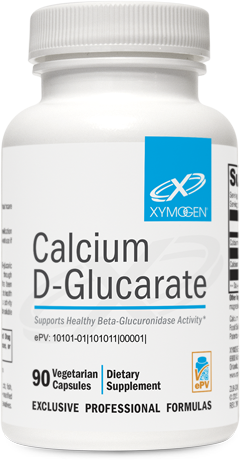
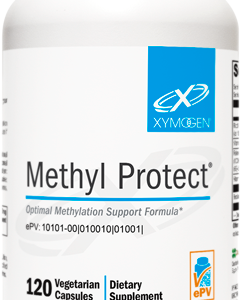
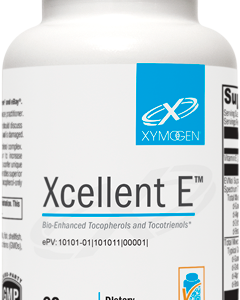
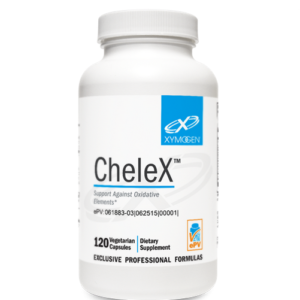
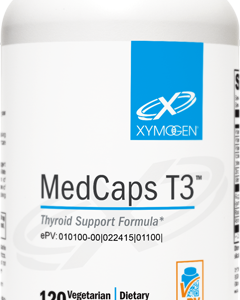
Reviews
There are no reviews yet.